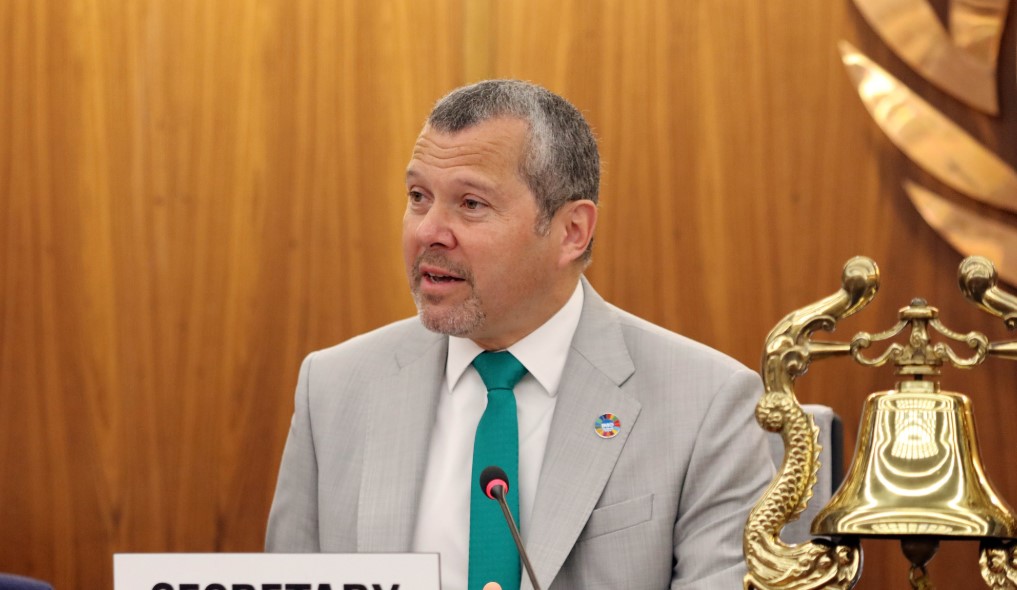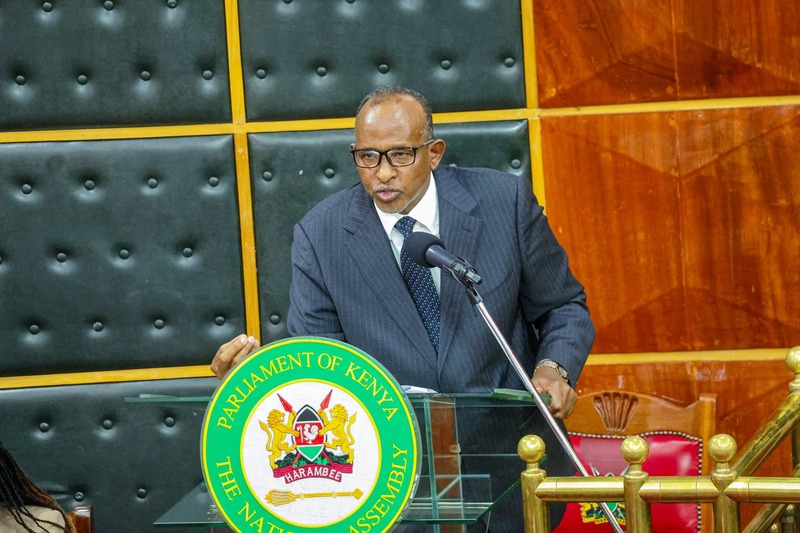CoG launches financial manual to boost accountability in county health spending

The manual has already been piloted in Nyandarua, Lamu, and Meru counties, and is expected to play a key role in the government’s ambitious plans to achieve Universal Health Coverage (UHC).
A financial procedure manual aimed at promoting fiscal accountability in the use of county resources in the health sector has been launched by the Council of Governors (CoG).
The County Financial Management and Procedures Manual for County Health Spending Units will serve as a guide for healthcare workers, ensuring the efficient operation of county health facilities.
More To Read
- Governors willing to settle Sh10.5 billion roads fund dispute out of court to end stalemate
- Governors oppose new revenue sharing formula citing flaws and unfairness
- Counties in Crisis: Governors demand immediate restoration of all diverted funds
- Audit report shows 21 counties illegally wired Sh87.8 million to governors’ council
CoG chairperson Ahmed Abdullahi explained that the manual would act as a training tool, designed to strengthen accounting and financial management practices at county health facilities.
The manual will operate in alignment with the Facility Improvement Financing (FIF) Act of 2023, which establishes a legal framework for county governments to manage revenue generated by health facilities.
“The Facilities Improvement Financing (FIF) Act provides full financial autonomy of health spending units, while the Social Health Insurance Act provides financing mechanisms for those units,” Ahmed said.
The launch of the manual comes at a time when demand for quality and affordable healthcare services is growing, but sufficient funding remains a challenge.
Ahmed noted that 43 out of the 47 counties have allowed funds generated by health facilities to be retained and used to support services.
He also highlighted that all counties are supplementing health facilities with additional funding, as FIF alone cannot cover all facility needs.
County Governments operate the largest network of primary and secondary health facilities, it is crucial for them to make concerted efforts to ensure that health spending units meet the required standards for providing quality and affordable health services. pic.twitter.com/9XC8X2pg1J
— Council of Governors (@KenyaGovernors) November 25, 2024
The manual has already been piloted in Nyandarua, Lamu, and Meru counties, and is expected to play a key role in the government’s ambitious plans to achieve Universal Health Coverage (UHC).
Ahmed further emphasised the importance of proper financial management in the health sector, acknowledging that for a long time, health services have been managed outside the established governance structure, leading to inefficiencies.
"We are also cognizant that hospitals are now being audited as independent spending units. That means those units must have systems and capacity to manage resources and deliver healthcare services,” he said.
He also noted that the responsibility for managing healthcare lies with the facility in charge, who must understand both the internal and external factors affecting the facility.
"We are alive to the fact that the ongoing UHC reforms have drastically redefined how health is to be provided and introduced radical changes,” he added.
The Council of Governors said it will continue to engage with Public Finance Management stakeholders at both the national and county levels to facilitate the autonomy envisioned under the FIF Act.
Ahmed also encouraged Kenyans to register for the Social Health Authority, revealing that, two months into the transition from NHIF to SHA, 5,300 public health facilities have been registered, licensed, and empanelled under SHA.
“Counties have contributed immensely to the registration of 14.8 million members into SHA, providing them with access to tax-funded primary healthcare services in Level 2 and 3 hospitals,” he said.
Top Stories Today












































